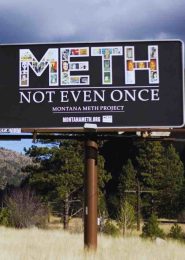OxyContin: Time Bomb (2015)
OxyContin: Time Bomb is a documentary produced by CBC’s the fifth estate. It sheds light on the rise and fall of OxyContin, a narcotic pain reliever that significantly impacted people suffering from chronic pain. Here’s what we know:
- OxyContin, introduced in 1996, was marketed as a miracle pill with potent pain-relieving effects and minimal risk of addiction. Thousands of doctors believed in its efficacy.
- However, since its inception, Canada has recorded the second-highest number of prescription opioid painkiller addictions globally, along with the world’s second-highest death rate from overdoses.
- The drug’s allure was deceptive. Patients initially found relief, but tolerance developed, leading to higher doses. The cycle continued, escalating to dangerous levels.
- By 2010, U.S. sales of OxyContin reached a staggering $3.5 billion. In Canada, sales soared from a few million dollars in 1998 to $243 million in 2010.
- The documentary explores why medical schools, general practitioners, and pain specialists initially embraced OxyContin. It also delves into why some have now changed their minds.
- Einstein and the Bomb, a docudrama, examines the physicist’s role in history. It portrays Albert Einstein as a brilliant scientist with fierce moral conviction. His theoretical contributions influenced all scientists’ understanding of physics, even indirectly impacting the development of atomic weapons.
- Einstein’s fear that Nazi Germany was developing atomic weapons led him to write a letter to President Franklin Delano Roosevelt, inadvertently initiating an arms race that he feared most.
The legacy of OxyContin remains a cautionary tale—a time bomb of addiction that shook societies and challenged the medical community’s ethical boundaries.




